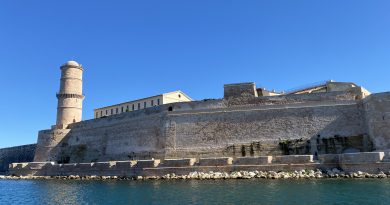General Gordon and the Seige of Khartoum
The siege of Khartoum occurred from March 1884 to January 1885. Sudanese Mahdist forces captured the city of Khartoum from its Egyptian garrison, thereby gaining control over the whole of Sudan.
Egypt had controlled Sudan since 1820, but had itself come under British domination in 1882. In 1881, the Mahdist Revolt began in Sudan, led by Muhammad Ahmad who claimed to be “the guiding one “ – the Mahdi.
The movement and ultimately the state he founded was based on strict is Islamic principles and did not tolerate other religions or beliefs .
The Egyptian army was unable to suppress the revolt, being defeated in several battles .The British refused to send a military force to the area, instead appointing Charles George Gordon as Governor-General of Sudan, with orders to evacuate Khartoum and the other garrisons.
Gordon arrived in Khartoum in February 1884, . Rather than evacuating immediately, Gordon began to fortify the city, which was cut off when the local tribes switched their support to the Mahdi. Approximately 7,000 Egyptian troops and 27,000 (mostly Sudanese) civilians were besieged in Khartoum by 30,000 Mahdist warriors, rising to 50,000 by the end of the siege.
Attempts by the defenders to break out of the city failed. Food supplies began to run out; they had been expected to last six months, but the siege went on for ten, so the garrison and civilian population began to starve.
After months of public pressure, the British government reluctantly agreed to send troops to relieve the siege. With the relief column approaching, the Mahdists launched a night assault on Khartoum. They broke through the defences and killed the entire garrison, including Gordon. A further 4,000 male civilians were killed, while many women and children were enslaved.
The relief expedition arrived two days later; realising they were too late, they withdrew from Sudan. The Mahdi then founded a strict Islamic religious state in Sudan, the Mahdiyah, which would last for fourteen years.
Accounts differ as to how Gordon was killed. According to one version, when Mahdist warriors broke into the governor’s palace, Gordon came outside in full uniform and disdained to fight; he was then killed with a spear, despite orders from the Mahdi to capture Gordon alive. In another version, Gordon was recognised by Mahdists while attempting to reach the neutral Austrian consulate in the city, who shot him dead in the street.
The most detailed account of his death was given by his servant when debriefed by the British in 1898 . 13 years later. He said Gordon died fighting on the stairs leading from the first to the ground floor of the west wing of the palace. Gordon was seriously wounded by a spear that hit him in the left shoulder, and then another which almost severed his left leg ,but continued fighting . The claimed he was then knocked unconscious, waking unharmed several hours later to find Gordon’s decapitated body near to him.
However he died, Gordon’s head was taken to the Mahdi’s headquarters at Omdurman, opposite Khartoum on the other side of the Nile. There it was shown to Rudolf Carl von Slatin, a prisoner of the Mahdi who had worked for Gordon during his first term in Sudan, who verified it was Gordon’s. The head was then brought to the Mahdi. According to some sources,the rest of Gordon’s body was dumped in the Nile.
Gordon’s violent death caused humiliation and provoked outrage in Britain and demands for revenge . It was another 15 years before the Mahdist state was overthrown by Lord Kitchener who invaded the country in the late 1890s.




